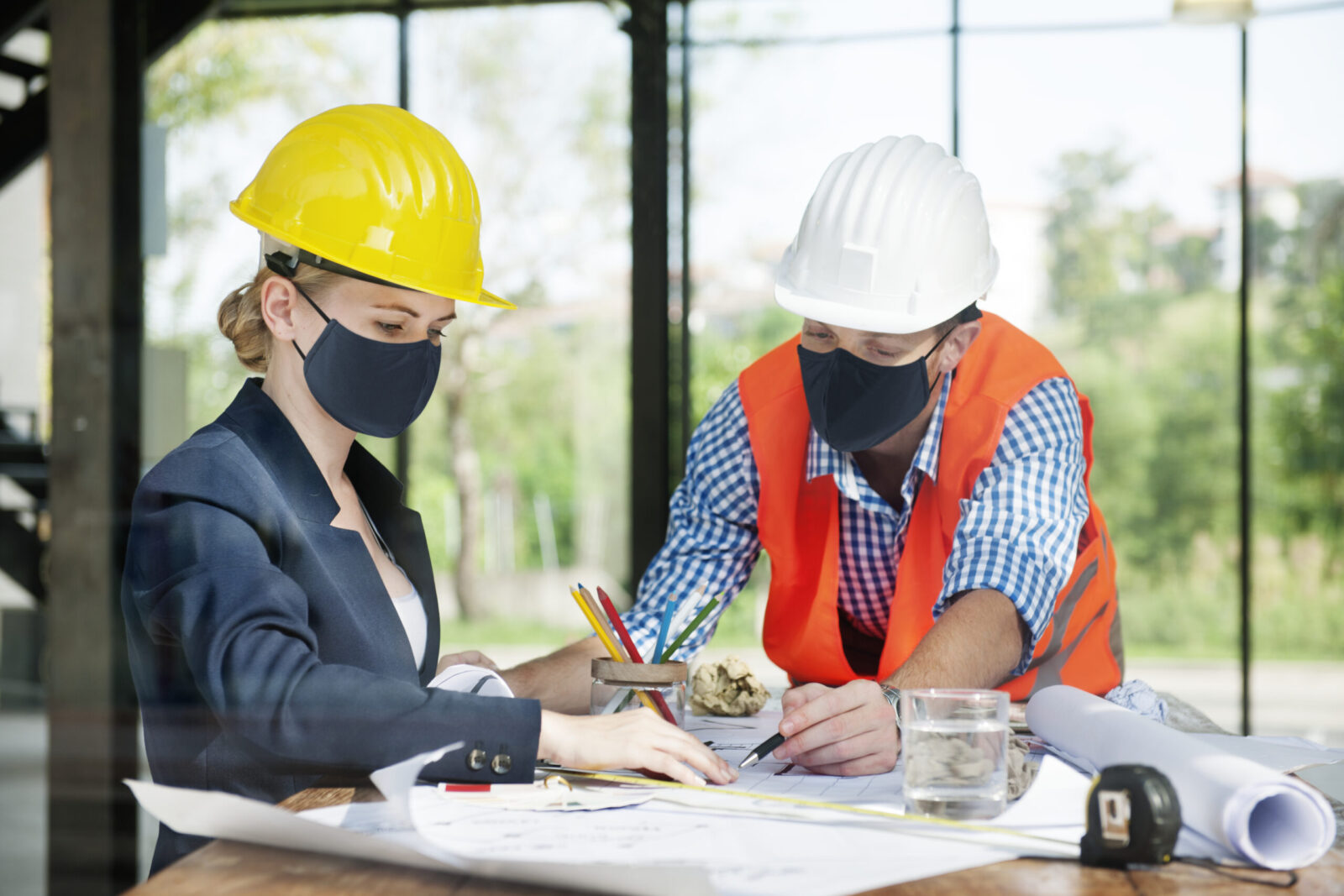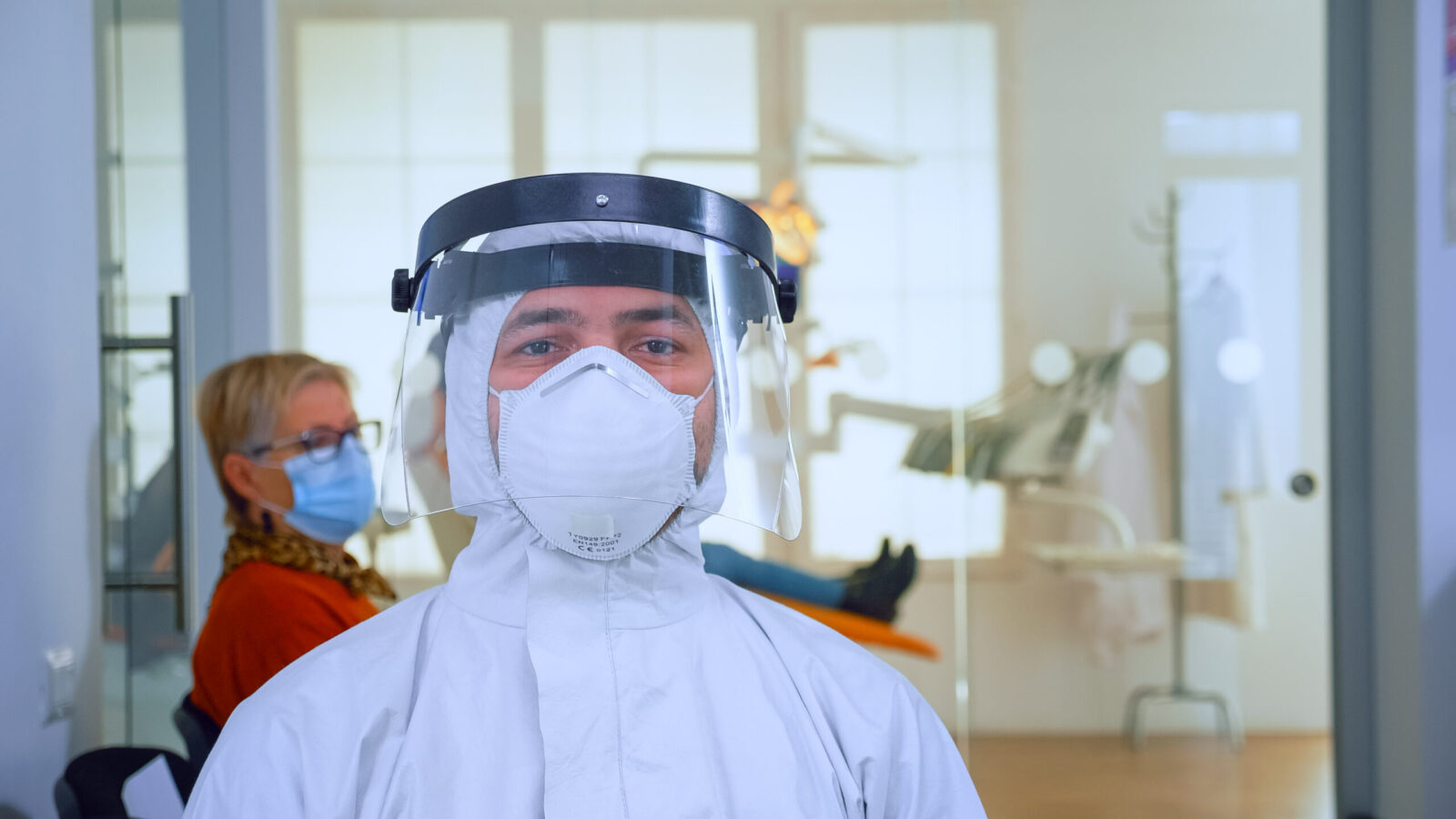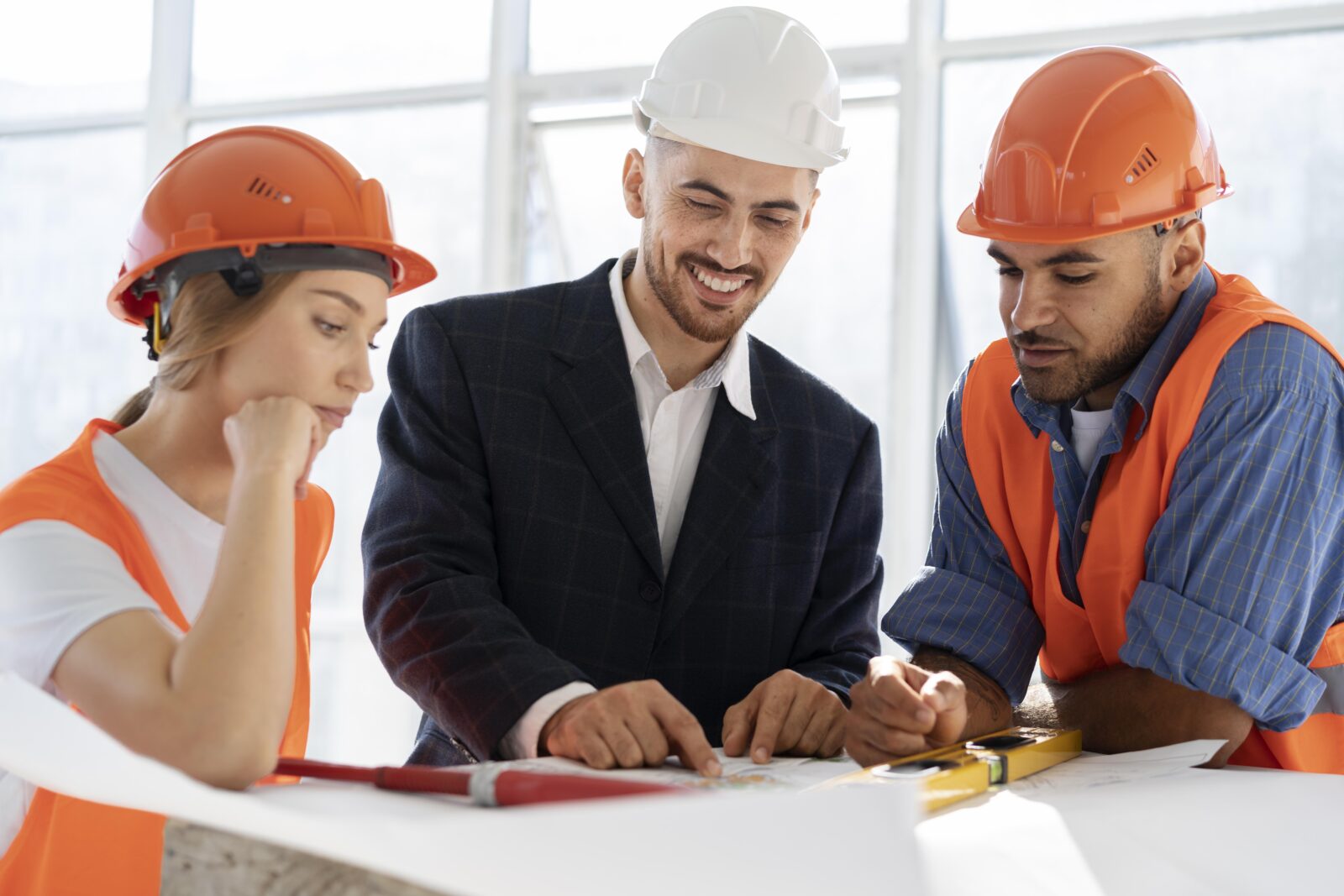
Top Compliance Strategies in Construction for 2024
Introduction In 2023, following the rules is more important than ever in the very controlled building business. As long as...

Get 20€ off on your first order!
Personal Protective Equipment (PPE) is important for keeping building workers safe from the many dangers that are present. Because working in building is naturally dangerous, PPE is very important for making sure that everyone on-site is safe and healthy. To lower risks, the Occupational Health and Safety Administration (OSHA) and the American National Standards Institute (ANSI) have set clear rules and standards for PPE. This guide talks about the different kinds of PPE that are needed for building work and how to choose, clean, and use them correctly.
Body armour can be anything from jackets for cold places to suits that cover the whole body. For wet places, aprons or other gear that won’t get wet must be supplied. High-visibility PPE helps keep workers safe in places with a lot of traffic from getting hit by cars. Covering your whole body can protect you from fire and weapon dangers.
In building, legs and feet are easy to hurt. They might get hurt, burned, or crushed. Employers need to do a danger review of the workplace to figure out what kind of safety measures are needed. OSHA says that most building sites need people to wear shoes with closed toes. They need to meet ANSI rules. This can be done with a number of shoes and boots, but they need to be taken care of in order to work right. Most of the time, employers don’t have to pay for shoes, even if they need a certain type.
The most important thing you have is your hands. OSHA says that the job task and the risks involved should help you choose the right gloves. Gloves come in many types, such as chemical-resistant gloves that keep you safe from certain poisons and leather gloves that protect you from abrasives. Before being used, gloves must be checked, and after each use, they must be cleaned and checked again.
In building, things that could fall, electrical risks above, or fixed items that someone could hit in the head are more likely to happen. Head accidents can be very bad or even fatal, so you need to wear head protection that meets ANSI guidelines.
A hard hat can protect your head from hits, and some can also protect you from burns and electrical shocks. Most of the time, head protection must:
OSHA says that workers must wear eye protection when they are near particles, debris, dust, molten metal, chemical dangers, or dangerous light rays. Whatever the job is, the eye protection that is needed could be goggles or special face covers.
If a worker needs prescription glasses, they will need to wear safety glasses that are too big over them or buy prescription safety glasses that meet ANSI guidelines. Employers must provide eye protection that can fit prescription lenses, but they usually don’t have to buy prescription safety glasses. Because contacts can get dirt or chemicals in the eye and make it more likely to get hurt, they should only be worn if the company policy allows it. Eye protection should be easy to clean and sanitise, fit well, and not get in the way of your vision.
Workers need to wear hearing protection if the noise level at work is too high or above what is allowed by OSHA. To protect your hearing, you can use foam ear plugs, moulded ear plugs, or ear muffs. Most people find ear muffs to be the most relaxing, but they can get in the way of other PPE.
For some jobs, like working in blast-cleaning rooms, near sharp blasts, or around certain chemicals, you may need to wear respirators. There are many types of respiratory protection, such as N95 particle masks that keep dust and other particles out of the lungs and air-purifying respirators that keep chemical fumes and vapours out of the lungs. If an employee needs to wear a mask, OSHA requires a medical exam to make sure the worker can physically handle it. Also, workers need to be taught how to use, clean, and check their respirators, which should include a fit test.
High-tech PPE can be used for jobs that are very dangerous. If you work in a high place, you might need fall safety. For some jobs, PPE like chemical or toxic suits are needed. The boss has to make sure that workers have the right tools and training for any dangerous job.
The PPE needs to fit well. If it’s too open, it might not cover well enough; if it’s too tight, workers might not wear it because it’s too uncomfortable. When more than one type of PPE is worn, they shouldn’t get in the way of each other. For instance, your hard hat needs to be able to fit your earplugs and still look good. Read the directions that came with it to learn how to fix and keep it. If the PPE guards against a chemical danger, it may need to be washed, maintained, decontaminated, and thrown away in a certain way. If the PPE gets broken while being used, the boss might have to buy a new one.
The building business needs to make sure that PPE is used and maintained correctly in order to keep workers safe and reduce risks. By following OSHA and ANSI rules, companies can make sure that their workers have the right safety gear to deal with a variety of dangers on the job site. In turn, workers must wear their PPE regularly and properly, keeping it in good shape and quickly reporting any problems. In the end, a commitment to using the right PPE not only improves safety but also makes building sites safer and more productive places to work.
Thank you! You've signed up for our newsletter.



















Introduction In 2023, following the rules is more important than ever in the very controlled building business. As long as...

Introduction Construction is vital to the UK economy yet one of the most dangerous occupations. Construction sites hazards must be...

Introduction Construction is among the most dangerous jobs, with many injuries and deaths. Construction worker safety is critical, and thorough...

Introduction In 2023, following the rules is more important than ever in the very controlled building business. As long as...

Introduction Construction is vital to the UK economy yet one of the most dangerous occupations. Construction sites hazards must be...

Introduction Construction is among the most dangerous jobs, with many injuries and deaths. Construction worker safety is critical, and thorough...
Get 20€ off on your first order!
Save 30% by buying directly from brands, and get an extra 10€ off orders over €100
Save 30% by buying directly form brands, and get an extra 10€ off orders over €100